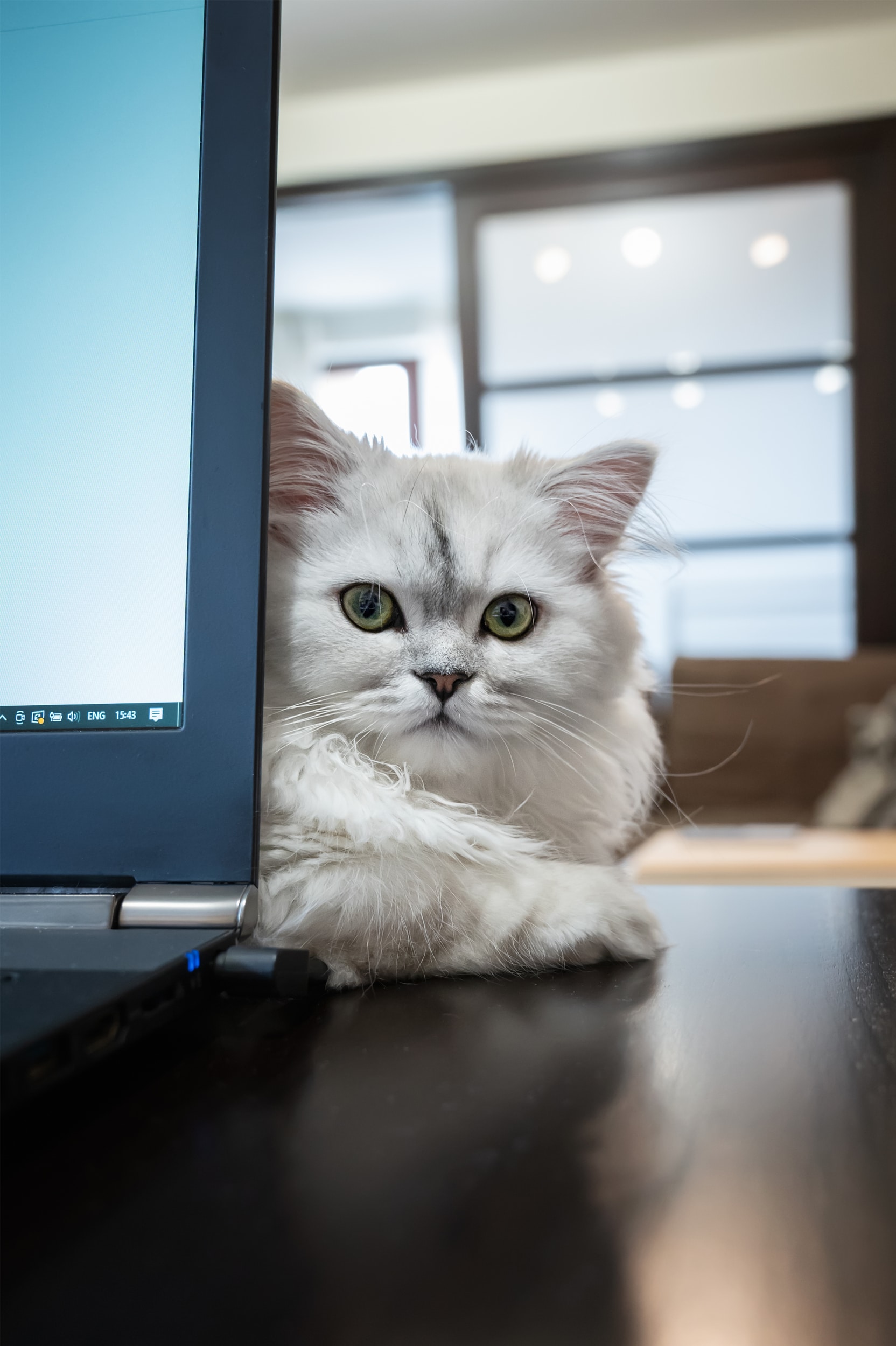What’s the Best Way to Reduce Dust in a Home with Pet Chinchillas?

Taking care of pets is a fulfilling task, but it is also a responsibility that requires time, dedication, and a deep understanding of the pet’s needs. Chinchillas, for instance, are small, dust-bathing rodents that require special care for their wellbeing. These furballs may be small, but they can significantly contribute to dust accumulation in your home. This dust can affect your cleanliness, allergen levels, and even your health. However, this shouldn’t deter you from being a proud pet parent to these charming creatures.
The Relationship Between Chinchillas and Dust
Understanding the intimate relationship between chinchillas and dust is essential to proper pet care and maintaining a clean home. Chinchillas have incredibly dense fur to protect them from the cold in their native Andean mountain habitat. To keep this fur clean and healthy, they take dust baths, which remove dirt, oil, and moisture from their coats.
En parallèle : What’s the Best Way to Teach a Dog to Respond to an Invisible Fence?
This dust is no ordinary dust, but a special kind of volcanic ash or commercial product that mimics it. These dust particles are incredibly small and light, which are perfect for penetrating the dense fur of chinchillas. However, this also means that the dust can easily spread around your home and affect air quality.
How to Provide Dust Baths for Chinchillas
A key element in chinchilla care is providing dust baths, which are integral to the wellbeing of your pet. These baths are not only essential for your chinchilla’s health but are also a natural behavior that chinchillas enjoy.
Dans le meme genre : How to Introduce a New Puppy to a Household with an Aging Dog?
The bath should be carried out in a small, enclosed container to minimize dust spread. The dust used should be specially designed for chinchillas and kept clean at all times. It’s recommended that your chinchilla takes a dust bath 2-3 times a week, but this can vary depending on the chinchilla’s needs and the environmental conditions.
However, it’s also important to not leave the dust in the cage all the time. Once your chinchilla finishes its bath, remove the dust and the bathing container. This will prevent the dust from spreading around the cage and, eventually, your home.
Choosing and Maintaining a Chinchilla Cage
The type of cage and how it is maintained can significantly impact the amount of dust that disperses in your home from your chinchilla.
Chinchilla cages should be spacious, with solid floors to prevent foot problems. The cage should also be well-ventilated to ensure your pet’s health and minimize dust accumulation. A cage with a deep base will also help contain the dust within the cage.
Cage maintenance is essential when it comes to dust control. Regular cleaning, including the removal of soiled bedding, can help keep dust levels down. Consider using a vacuum cleaner with a HEPA filter to clean the surroundings of the cage and any areas where dust may have settled.
Other Preventative Measures for Dust Control
While taking care of your chinchilla’s bathing needs and maintaining the cage are crucial steps in dust management, there are additional measures you can take to keep dust under control.
Air purifiers, for instance, can be a great addition to your home. They help remove particles from the air, including pet dander and dust. Make sure to choose an air purifier with a HEPA filter, as these are the most effective at trapping small particles.
Regular house cleaning is also an effective way to manage dust. Regular dusting, vacuuming, and mopping can remove dust particles that have settled on surfaces or the floor.
Being mindful of how you handle the dust for your chinchilla’s bath can also help. Try to avoid agitating the dust unnecessarily, as this will cause it to spread. When you need to dispose of used dust, do so carefully to prevent it from being dispersed in the air.
Incorporating Chinchillas into Your Lifestyle
Despite the dust-related challenges, chinchillas make wonderful pets. They are friendly, charming, and interesting to observe. With careful planning and modifications to your cleaning routines, you can enjoy sharing your home with these adorable animals while also keeping it clean and comfortable.
Remember, a clean environment is not only essential for you but also for your pet’s wellbeing. Good hygiene practices, regular cage cleaning, and mindful handling of chinchilla dust can all contribute to a dust-free, harmonious home.
The Importance of Ventilation in Managing Chinchilla Dust
For successful dust management, ventilation is of utmost significance. You might wonder why? Well, ventilation promotes air circulation, which in turn, helps to significantly reduce the concentration of dust in your home. This is particularly important when you have small animals like chinchillas in your home that love dust baths.
To achieve good ventilation, consider opening your windows often. This simple act allows fresh air to circulate while pushing out the accumulated dust. This not only helps to minimize dust levels but also contributes to a healthier living environment for both you and your chinchilla. However, do remember to secure your home appropriately when you open the windows to prevent your chinchilla from escaping.
Another effective way of promoting ventilation is to use fans strategically. Position them to blow towards open windows, pushing the dust-laden air outside. But be careful to not point it directly at your chinchilla cage as it might cause discomfort to your small companion.
Lastly, when handling chinchilla dust, be cautious. When filling up the dust bath or disposing of used dust, do so gently to avoid agitating the dust unnecessarily into the air. A good tip is doing it closer to an open window, where the dust can be naturally blown out.
Sharing Your Chinchilla Experiences Will Benefit Others
Chinchillas, with their charming personalities, are lovely pets to have. They require special care, but the reward of their companionship is worth the effort. One thing that is certain, your experiences and knowledge about chinchilla care, particularly about managing chinchilla dust, can be of great help to other chinchilla pet parents or potential ones.
You can click share on your social media platforms to share your chinchilla journey. Facebook, Twitter, Pinterest, and email are great avenues to share your experiences. When you share on Facebook, it opens up to a wider audience who may benefit from your experiences. Similarly, when you share on Twitter, your followers get to learn about your chinchilla adventures.
You can also share on Pinterest, a platform where you can post pictures of your pet, its cage, and the steps you take to reduce dust. Sharing via email link is also a good option, especially for people who prefer personal communication or are not active on social media.
Remember, your share is valuable and can help someone who is struggling with managing chinchilla dust in their home. So, don’t shy away from hitting the share click.
In Conclusion: Embrace the Chinchilla Lifestyle with Confidence
Having a pet chinchilla in your home is indeed a delightful experience. These small animals, with their endearing behaviors and dust baths, bring unique joy into our lives. However, their love for dust baths can also bring about dust-related challenges in your home.
It’s important to remember that the key to a clean, comfortable home and a healthy chinchilla lies in proper pet care and efficient dust management. Regular cage cleaning, strategic ventilation, and mindful handling of chinchilla dust are essential practices that will significantly help keep dust under control.
Additionally, utilizing air purifiers, maintaining a regular house-cleaning schedule, and employing the best practices while handling chinchilla dust, will further aid in creating a dust-free environment.
So, embrace and enjoy the chinchilla lifestyle with confidence, knowing that you are well-equipped to handle the dust-related challenges. And don’t forget to share your experiences and tips with others. After all, sharing is caring!
